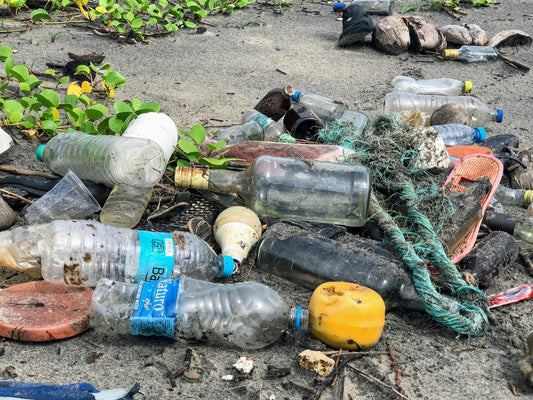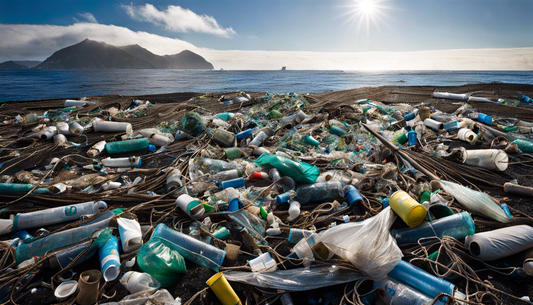Share
The Return of Acid Rain in the US:
Acid rain, an environmental issue of the past, might soon become a present concern, says scientist Gene Likens who discovered the phenomenon in the 1960s. Trump administration's rollbacks of pollution protections, may send the US leaping back to an era of toxic acid rain. The stripping down of these regulations by the Environmental Protection Agency (EPA) might tarnish the US's urban landscapes with acidic rain and smog, warns Likens.
The Fears of a Scientist:
Although the quality of US air has drastically improved, the threat of acid rain is still real, especially if rules restricting harmful emissions from vehicles and power plants are withdrawn brutally. Likens, who still monitors rainwater acidity despite limited funding, expected the return of acid rain due to the rollbacks. As a grandparent, he expressed his worries about the health of future generations who have a right to clean air, water, and soil too.
The History of Acid Rain:
In 1963, Likens found rainwater 100 times more acidic than expected in the Hubbard Brook Experimental forest in New Hampshire's White Mountains. Years later, wind carrying emissions from midwestern coal-fired power plants was identified as the genesis of rain turning acidic in the eastern US and Canada. The nationwide concern over acid rain led to policy changes in 1990, with President George HW Bush approving a revision to the Clean Air Act to lower power plant pollution. The legislation was an environmental triumph, leading to a dramatic drop in rainwater and soil acidity. However, any return of acid rain to depleted ecosystems could be calamitous warns Likens.
Possible Impact of Air Quality Deterioration:
EPA's proposed elimination or weakening of 31 regulations could lead to thousands of deaths and sweeping health issues asserts EPA’s own estimates. While the complete implications of the cutbacks probably won't be visible for a few years, many foresee a degradation in the quality of air, water, and overall environment. Some scientists believe the return of acid rain would be slow but noticeable if controls on emissions are eased.
The Funding Cut Off:
Likens’ separate monitoring system set up at Cornell University recently lost its funding, in a move by the Trump administration to reduce government size. A lack of research funding to identify what's happening will leave the country blind, warns Likens. He hopes that the country's policymakers would not reverse one of the fewer environmental victories seen.
An EPA spokesperson did not respond to questions about the potential comeback of acid rain or its consequences, but alluded to the rollbacks as a meaningful day for deregulation in American history.
We hope you enjoyed this article. Please feel free to leave a comment below if you want to engage in the discussion.
If you want to read more like this, make sure to check out our Blog and follow us on Instagram. If you are interested in truly sustainable products, check out our Shop.
Check out the original source here.








